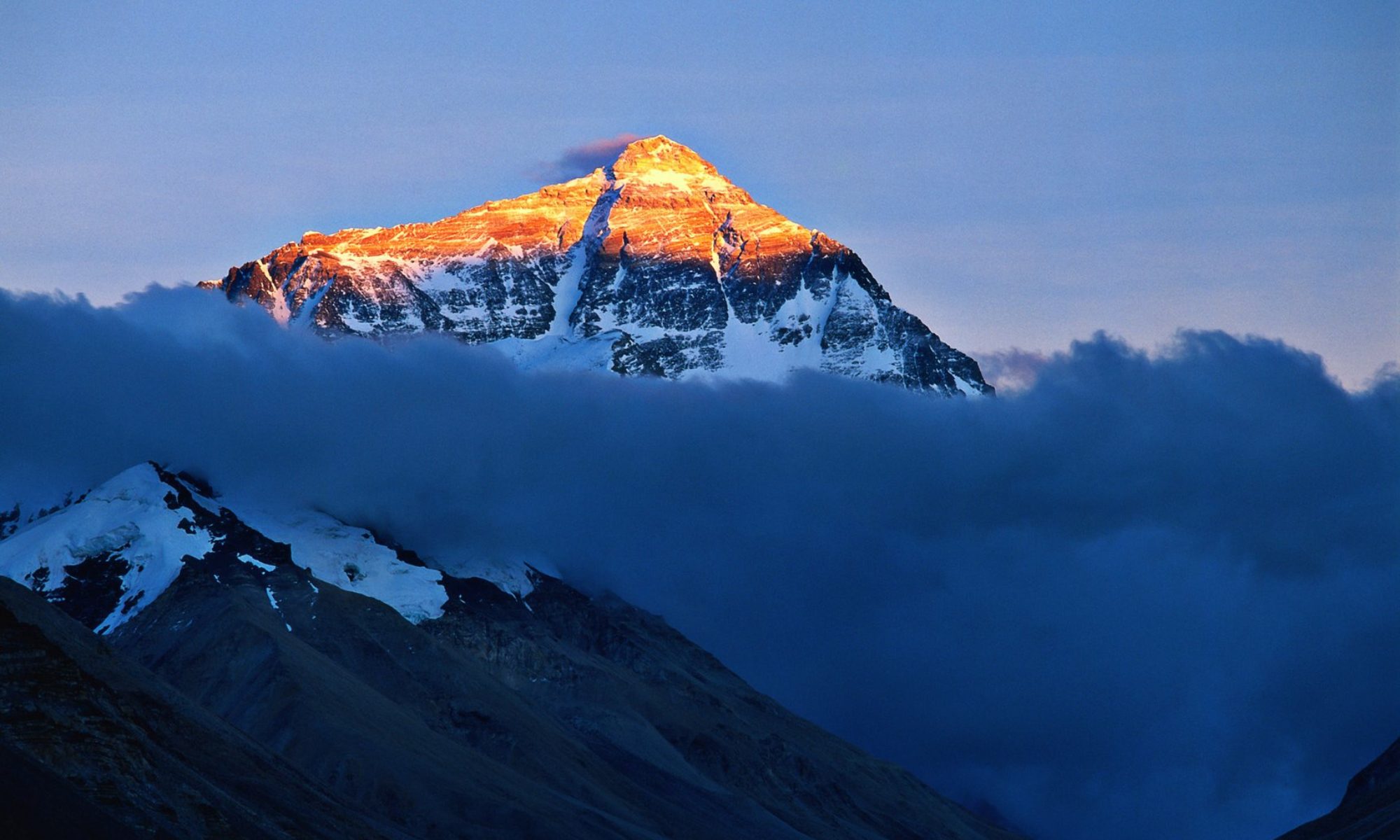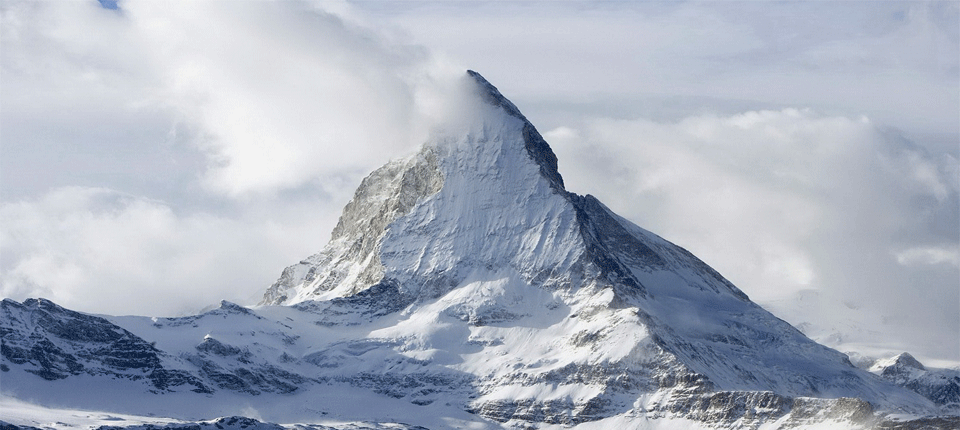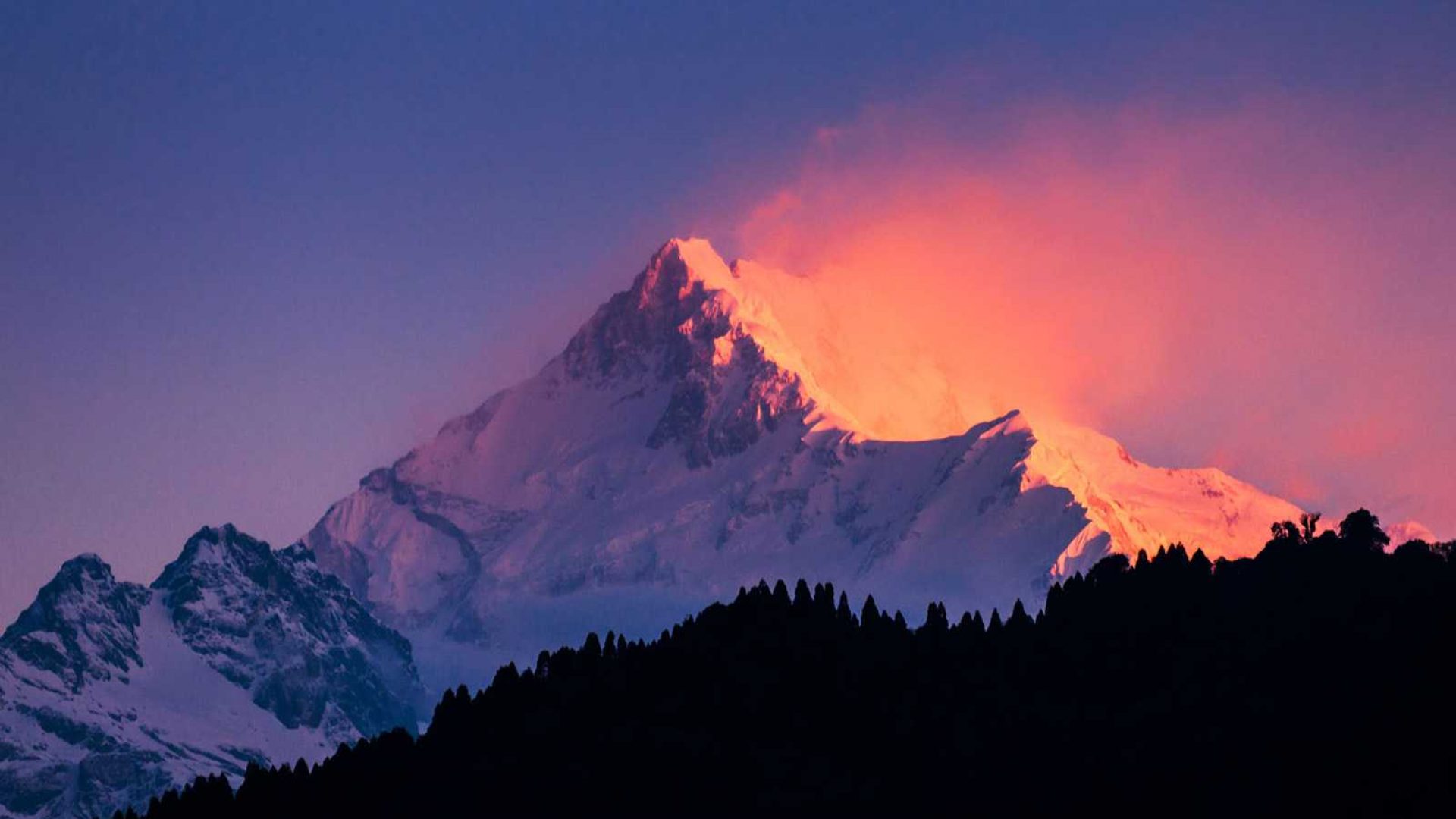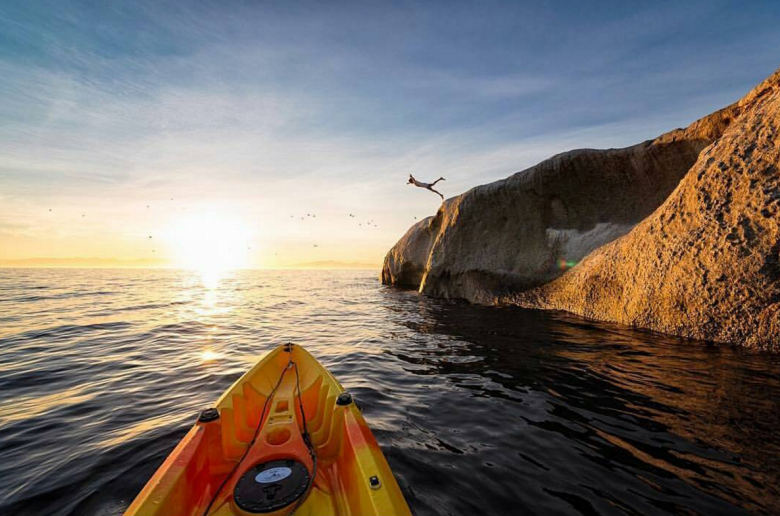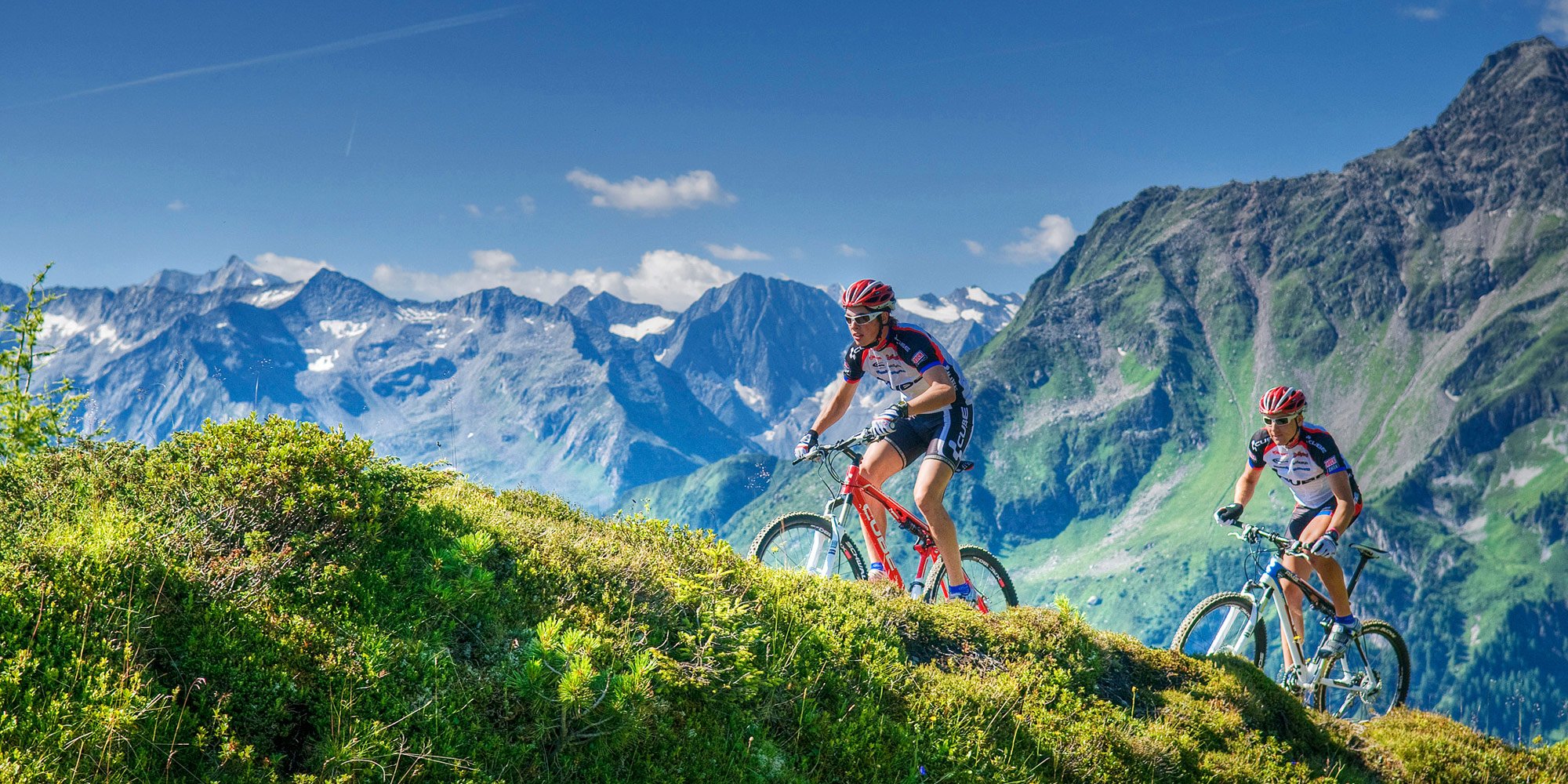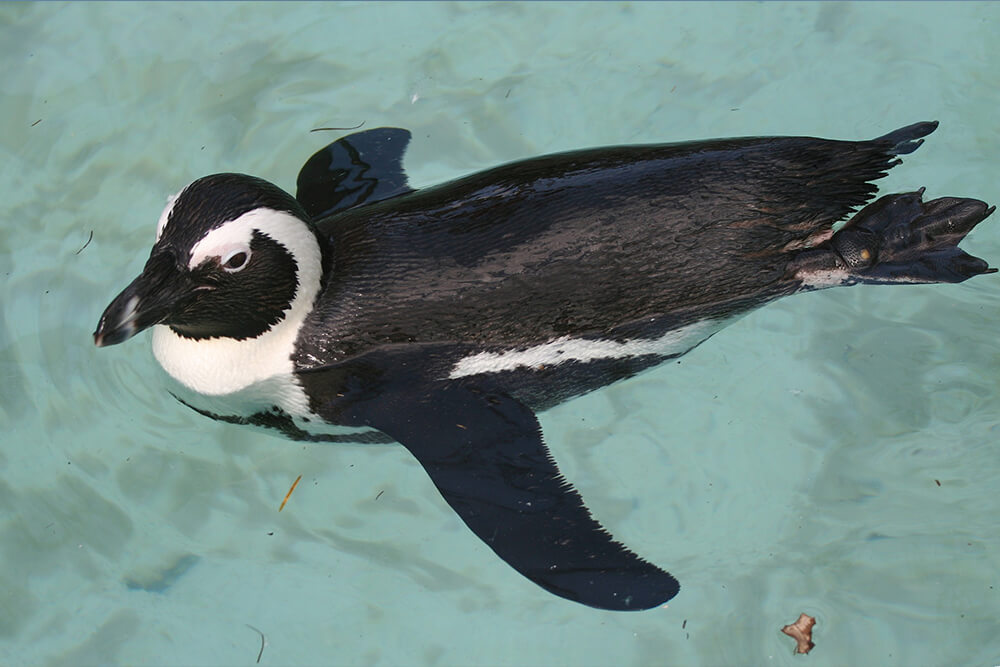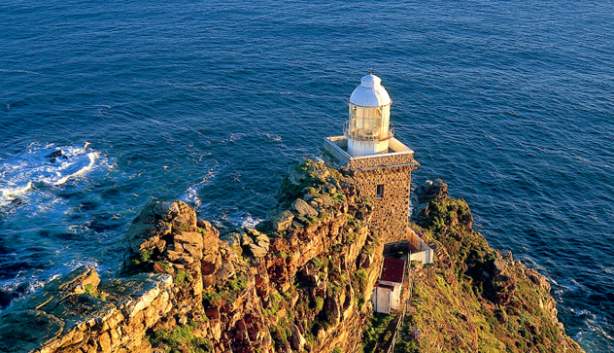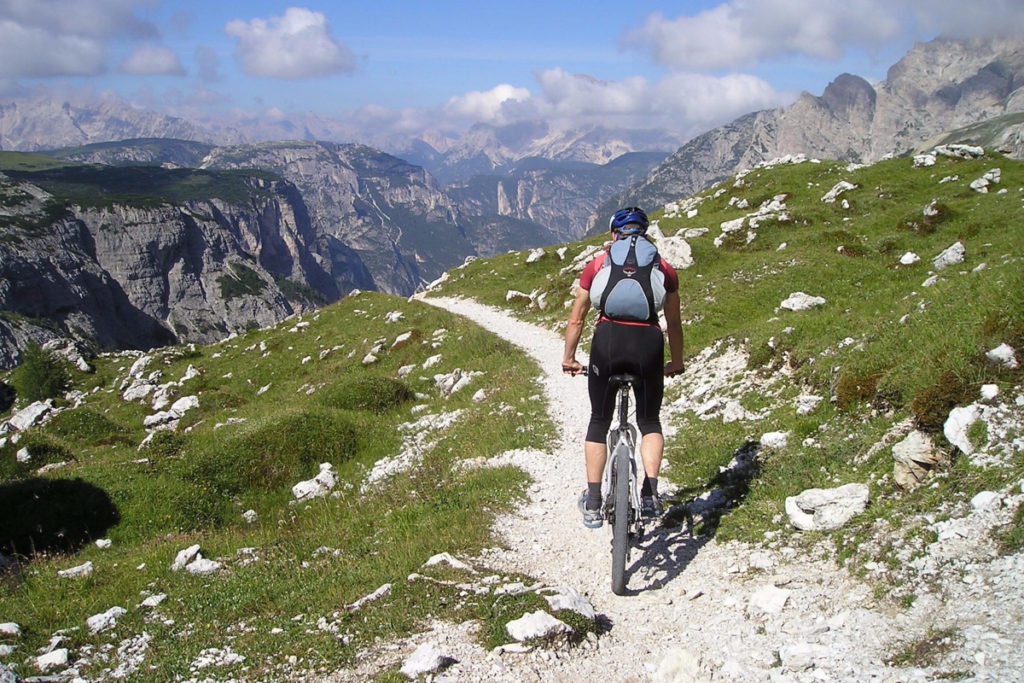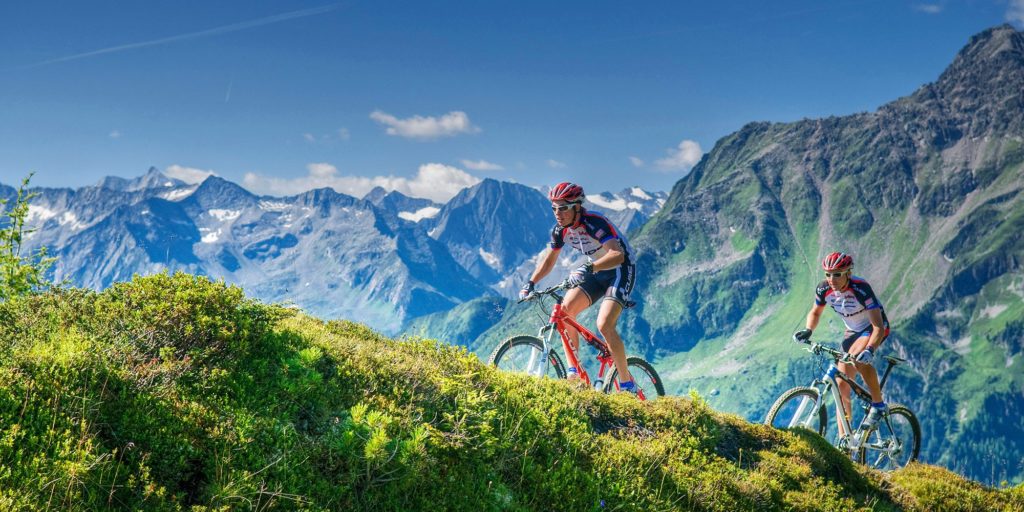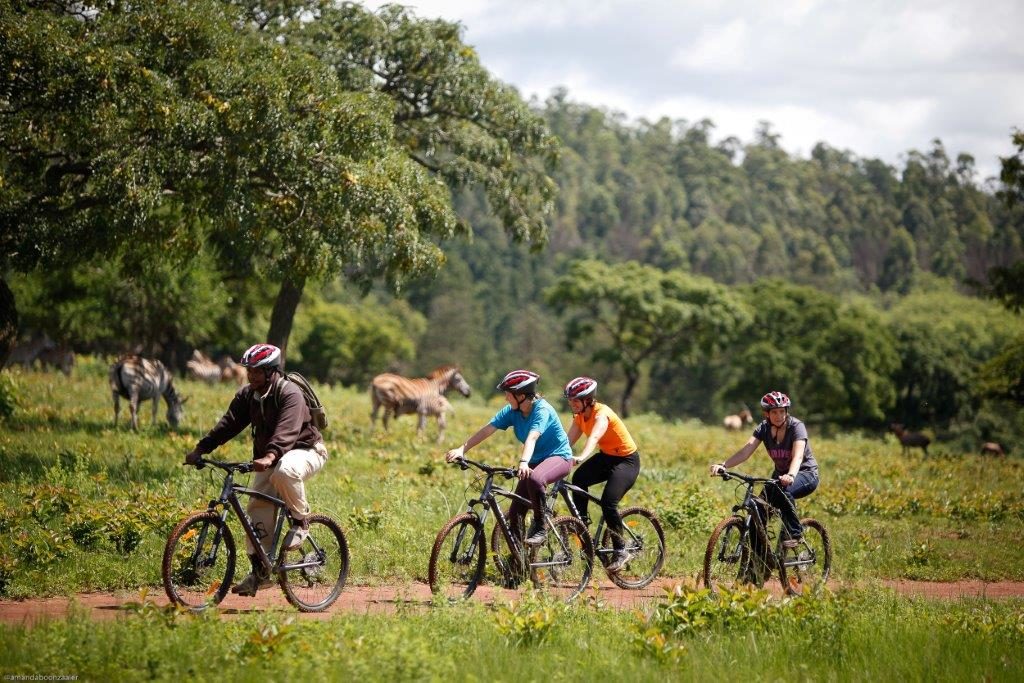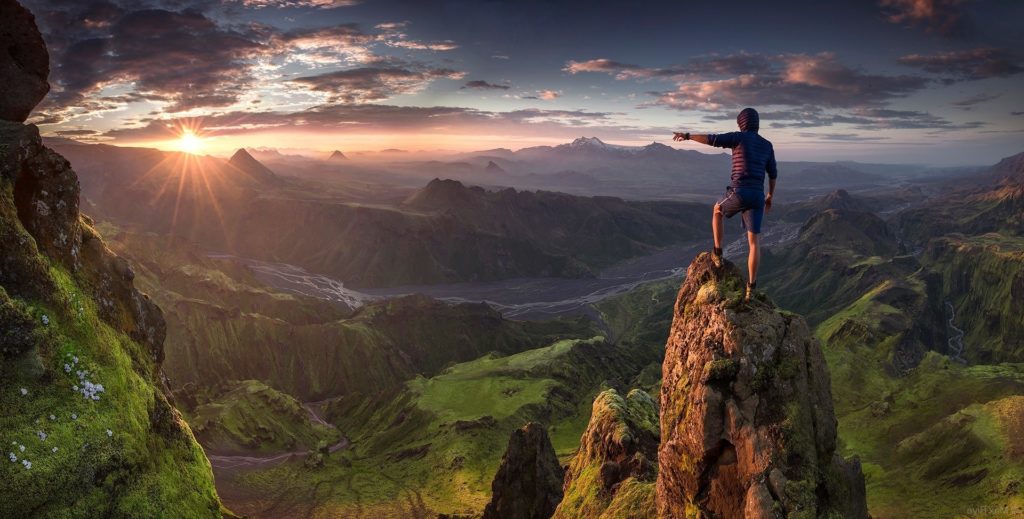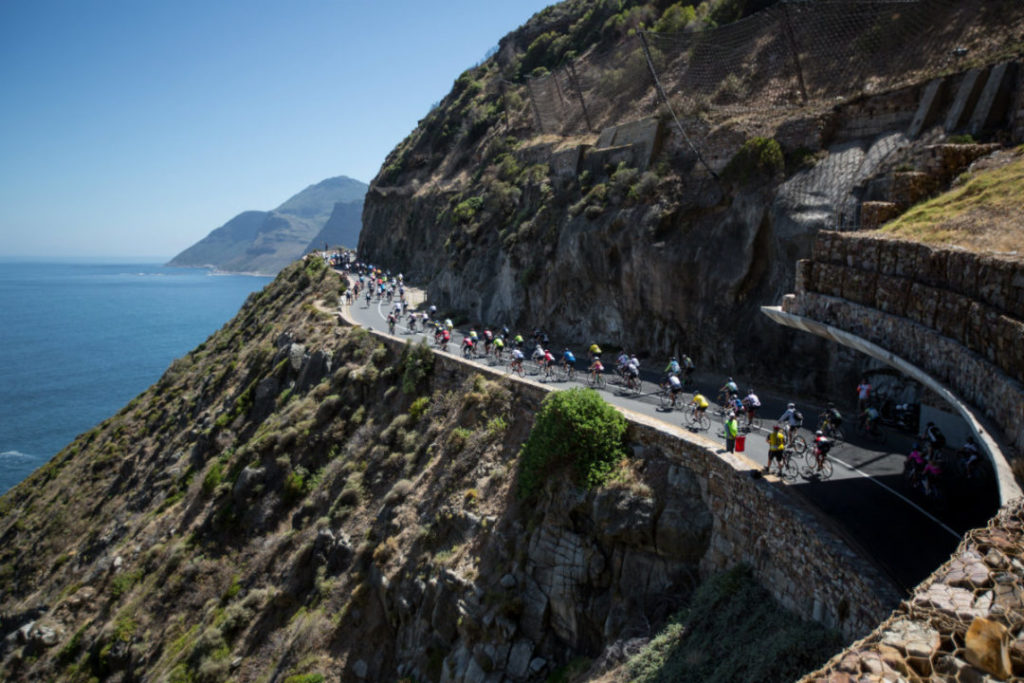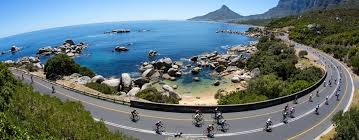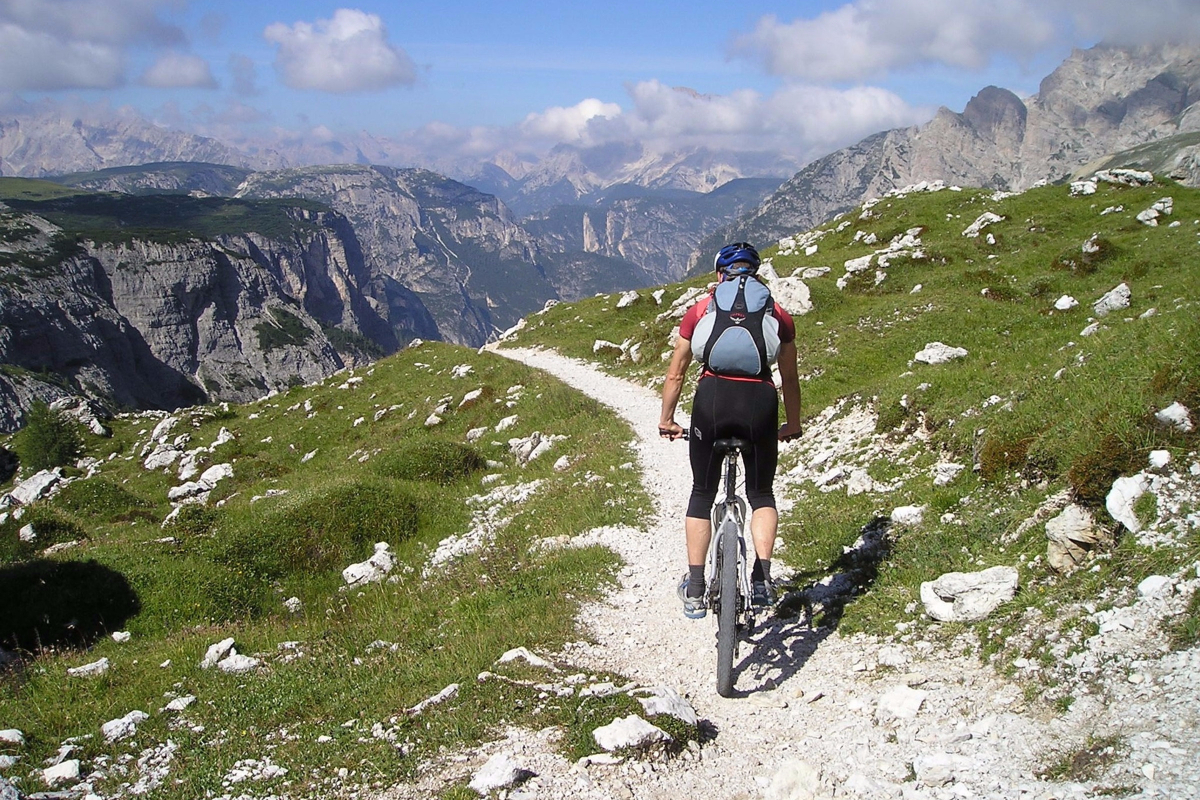Mount Everest
As known as in Nepal Sogarmatha and in China as Chomolugma, it peaks at 8,848 meters, (29,039ft). The international borders between China and Nepal run across the precise summit point.Around Mount Everest, there are three peaks above 8,000 meters (26,000 feet): Lhotse, Makalu, and Cho Oyu; and 14 peaks above 7,000 meters; which form the amazing vista of Mount Everest Natural Scenery Area.Increasing numbers of mountaineers make expeditions to conquer the world’s highest peak, while many tourists go to the foot of the peak to admire its beauty and magnificence.
Mount Everest
Weather conditions:
The lowest temperature on the peak is 30–40 °C (22–40 °F) below zero, but wind chill can make it feel colder! And oxygen on the peak is only 25% that of sea level. Strong winds blow the snow into drifts making the mountain still more deadly.
The area over 7,500 meters is coldest in February, averaging -27 °C (-17 °F), and warmest in August, averaging -20 °C (-4 °F).
The Tibet base camp is not as cold or bleak, being more than 3,000 meters lower, below the snow line, with daytime temperatures above freezing from spring to fall.
K2
also known as Mount Godwin-Austen or Chhogori is the second highest mountain in the world after Mount Everest at 8,611 metres (28,251 ft) above sea level.. To the mountaneer, K2 can be regarded as the mountain of mountains, its allure arises from the combinations,its isolation, extreme of weather, great altitude and technical demands. K2 is called “Choogri” in local language. “Choogri” is a Balti word, which means “King of Mountains”. Mostly K2 is scaled from the trust worthy path that comes from Skardu. It is conventional path to scale the mountain and is used by most of mountaineers. The other path that comes from Chinese side is extremely difficult and hazardous.
Mount Godwin
The mountain was named “Savage Mountain” due to extreme difficulty of ascent and second highest fatality rate among “Eight Thousanders”.
3. Kangachenjunga
also spelled as Kangchenyunga or Kinchinjunga, Nepali Kumbhkaran Lungu, 3rd worlds highest mountain, with an elevation of 28,169 feet. It is situated in eastern Himalayas on the boarder between eastern Nepal, Sikkim state, northern eastern India. Kanchenjunga in the Himalayan Range.
Kangachenjunga
Kanchenjunga translated means “The Five Treasures of Snows”, as it contains five peaks, four of them over 8,450 metres. The treasures represent the five repositories of God, which are gold, silver, gems, grain, and holy books. Kanchenjunga is called Sewalungma in the local Limbu language, translates as ‘Mountain that we offer Greetings to’. Kanchenjunga or Sewalungma is considered sacred in the Kirant religion.Three of the five peaks (main, central, and south) are on the border of North Sikkim district of Sikkim, India and Taplejung District of Nepal, while the other two are completely in Taplejung District. Nepal is home to the Kanchenjunga Conservation Area Project run by the World Wildlife Fund in association with Government of Nepal. The sanctuary is home to the Red Panda and other montage animals, birds and plants. India’s side of Kanchenjunga also has a protected park area called the Khangchendzonga National Park.Until 1852, Kanchenjunga was assumed to be the highest mountain in the world, but calculations made by the British Great Trigonometric Survey in 1849 came to the conclusion that Mount Everest (known as Peak XV at the time) was the highest and Kanchenjunga the third-highest. Kanchenjunga was first climbed on May 25, 1955 by Joe Brown and George Band, who were part of a British expedition. The British expedition honoured the beliefs of the Sikkimese, who hold the summit sacred, by stopping a few feet short of the actual summit. Most successful summit parties since then have followed this tradition.The name Kangchenjunga is derived from Sanskrit kanchana ganga: kanchana means gold and ganga is the river which flows in the region. The river shines like gold and hence the name Kanchana Ganga was given to this mountain.

